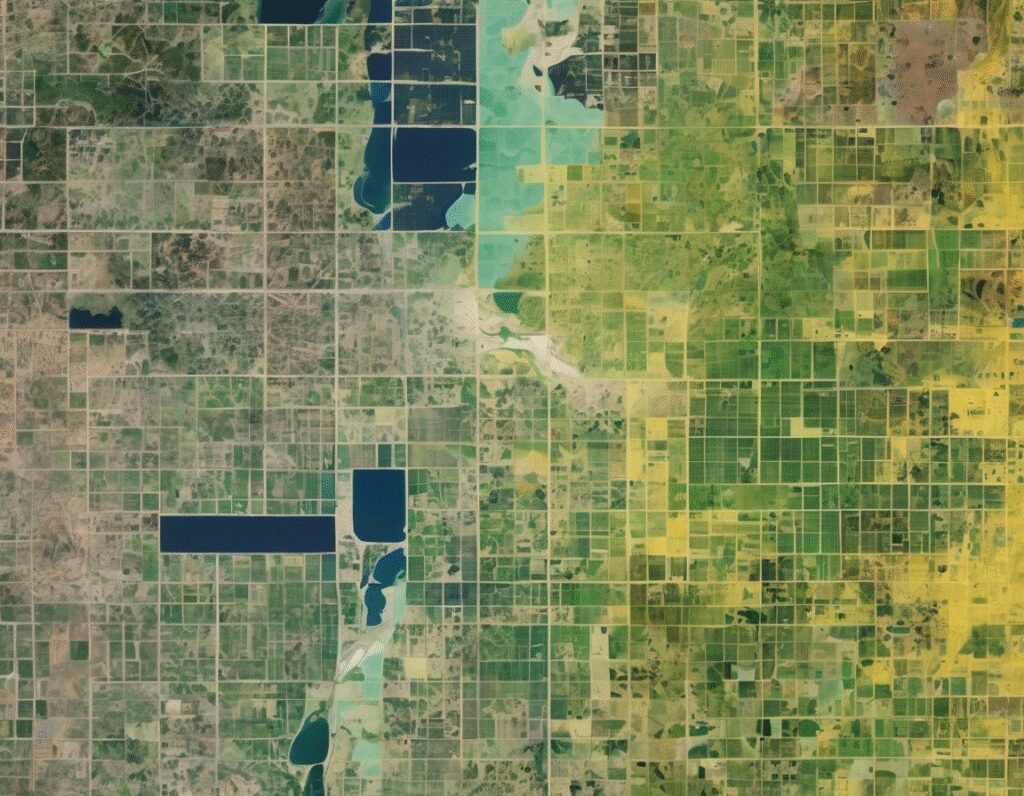Google Launches AlphaEarth Foundations, an AI Model That Acts Like a Virtual Satellite
Google has unveiled a new AI model called AlphaEarth Foundations, designed to function as a virtual satellite for tracking environmental changes. The system uses a technique called embedding to process vast amounts of public data daily, sourced from optical satellites, radar systems, and climate simulations. By combining these inputs, the model divides land and coastal waters into 10×10 meter squares, analyzing and monitoring them over time.
Each square is color-coded to represent different environmental characteristics, such as vegetation types and material properties. Google claims the model generates highly compact summaries for each monitored area, requiring 16 times less storage than comparable AI systems. This efficiency reduces the costs associated with Earth observation, making large-scale environmental monitoring more accessible.
The model’s data can be used for a variety of applications, including tracking crop health, monitoring deforestation, and generating detailed maps on demand. Google reports that AlphaEarth Foundations performed well in tests across different time periods and tasks, calling it a major advancement in understanding planetary changes.
Over the past year, Google provided access to its Satellite Embedding dataset—a collection of annual embeddings—to more than 50 organizations for real-world testing. Now, the company has made the dataset available in Google Earth Engine, allowing researchers worldwide to leverage the AI model for their own environmental studies.
By offering near-real-time insights into Earth’s changing landscape, AlphaEarth Foundations could play a key role in climate research, conservation efforts, and sustainable resource management. The model’s ability to process and store data efficiently makes it a promising tool for scientists and policymakers working to address global environmental challenges.


